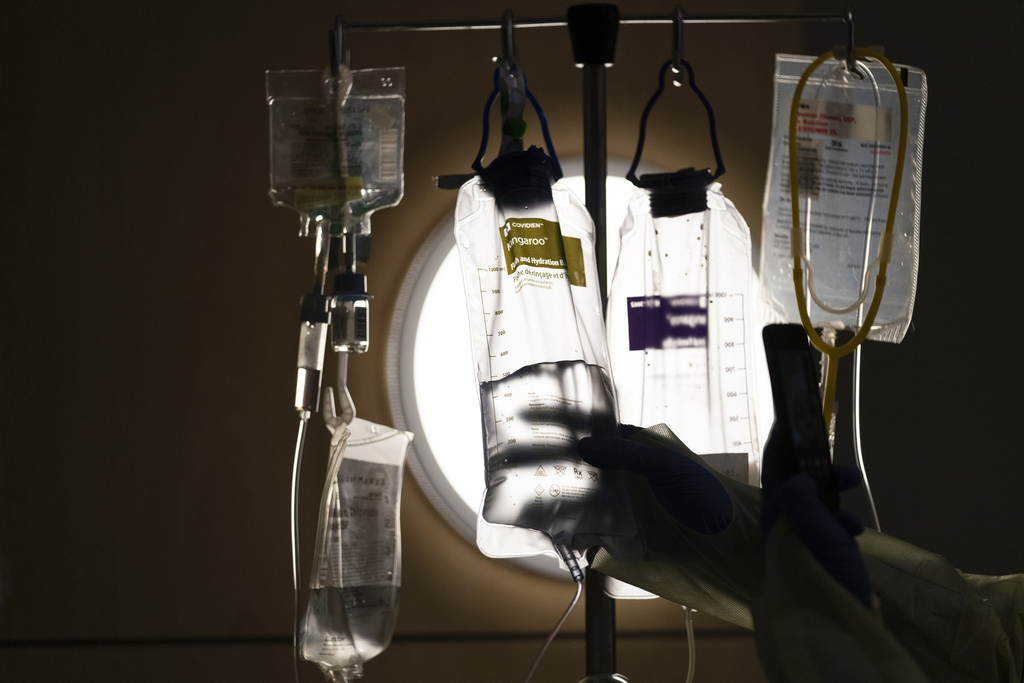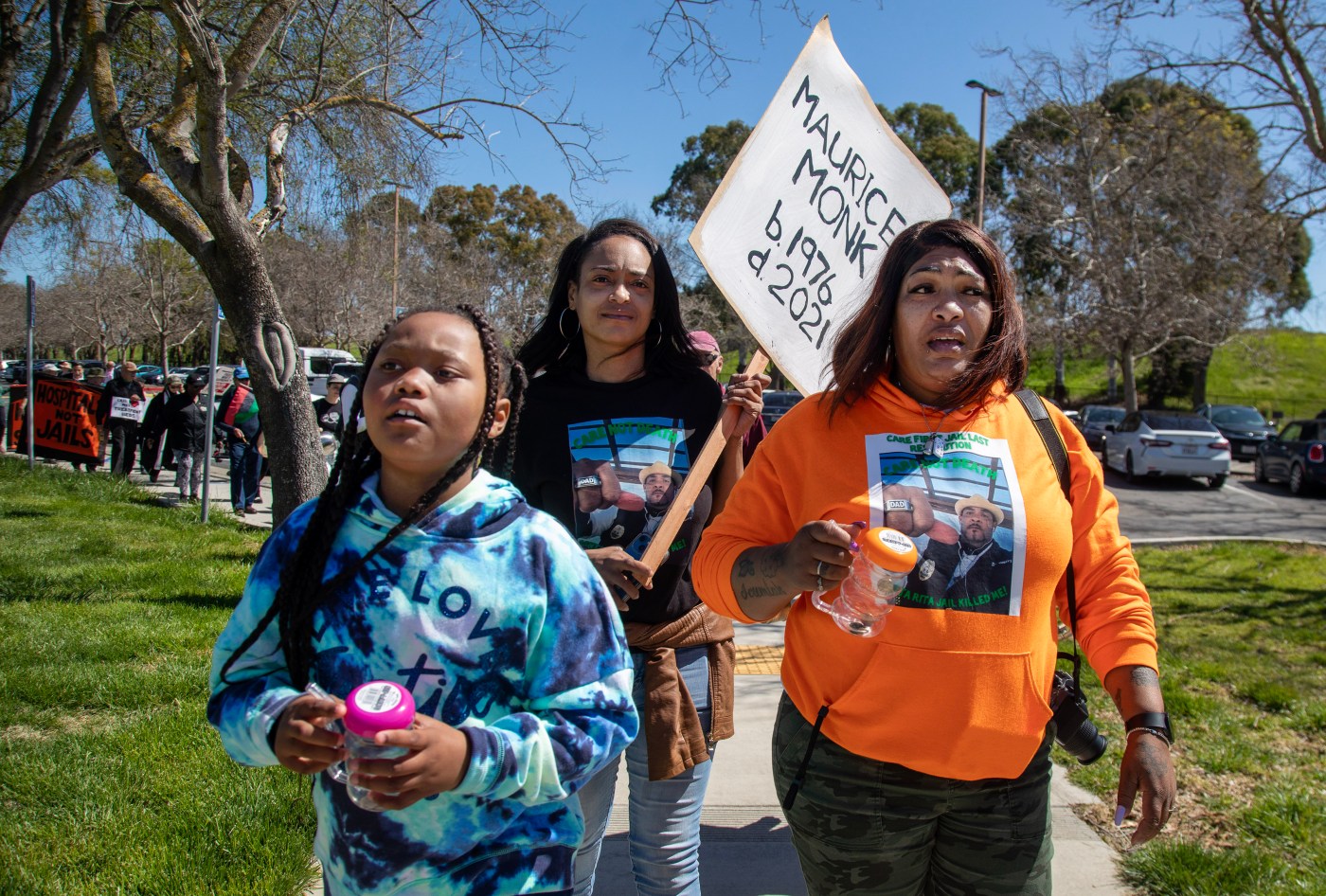“Imagine if it was your mother, father, brother, sister, daughter, son or grandchild: would you want them to be operated on by a doctor in a secret [treatment] program?”
That’s the provocative question Tina Minasian wants the California State Senate to consider before voting on AB 408, a bill from Peninsula Democratic Assemblyman Marc Berman that would allow the Medical Board of California to create a diversion and treatment program for practicing doctors grappling with a range of substance use disorders and other issues. The proposal passed the State Assembly in late May with no opposition.
It’s a question she didn’t have the chance to answer for herself before undergoing abdominal surgery in 2002. The Roseville resident had no way of knowing her surgeon was in a diversion program at the time for alcoholism, and she is dealing with the physical consequences of his actions still, two decades later.
The bill, sponsored by the California Medical Board, would allow the regulatory agency to once again establish a diversion and treatment program for doctors with a wide range of mental health conditions, substance use disorders and disabilities. A similar program ran for over 20 years until 2008.
Plenty of research shows substance use is prevalent among doctors, who also have a high suicide rate. But what to do about it is a hot potato that must balance addressing the struggles many doctors face with the harm that can come to patients when such problems are ignored.
“The unfortunate reality is that there are physicians practicing today who are unsafe, and we don’t find out about them until we receive a complaint or we read about their arrest in the news,” said Kristina Lawson, president of the Medical Board of California.
California is currently one of just several states in the country without such a program for physicians. When the previous program was active, between 200 to 300 licensed doctors participated at any one time.
But, after several audits found problems, “it failed so miserably that the medical board itself shut it down,” said Carmen Balber, the executive director of Consumer Watchdog, a Los Angeles-based nonprofit that has publicly opposed the new legislation. There were several high-profile cases of doctors relapsing while in the program.
“There is a fundamental conflict when patient safety and doctor rehab clash, and a diversion program at some point puts doctor rehab first, and that’s not good for patients,” Balber said.
Those advocating for the program readily admit the first effort did not go well but insist this time will be different.
“I want to acknowledge that the prior program did fail,” Lawson said. “It failed in part because it was significantly underfunded and it also simply wasn’t managed well.”
While funding for the new program has yet to be resolved, in the years since the old program was shut down, the board has laid the groundwork to reinstate a new version with more success, she said. “This legislation came out of a quite lengthy process, understanding best practices, meeting with successful programs from across the country,” Lawson said.
The California Medical Board abolished the prior program in 2008 after Minasian and other patients went public with their experiences, sharing large photos at medical board meetings of injuries they sustained.
Unknown to her at the time, Minasian’s doctor was a participant in the previous diversion program. Years later, after “multiple acts of dishonesty,” according to the medical board, and two convictions of driving under the influence of alcohol, his license was suspended and ultimately revoked.
Complications from the surgery led her on a decades-long road of organizing and advocacy. In May she was back at the board’s meeting, nearly 20 years later, once again testifying about the ways in which she and others were harmed.
Minasian worries this new bill would exempt the diversion program from the standards she and other advocates helped develop, that require certain disciplinary actions to be reported to the public.
Lawson acknowledges the bill would exempt some doctors from public disclosure who are referred to the program, but “the board would be prohibited from referring a licensee into the program if there have been allegations of patient harm or sexual misconduct.”
The bill passed through the California State Assembly on a 72-0 vote, with the support of many organizations, including the California Medical Association, SEIU California, which represents many health care workers, and the Drug Policy Alliance, a nonprofit that promotes drug policy reforms.
The opposition, including the Consumer Protection Policy Center at the University of San Diego, is mostly concerned with whether the bill would put patients at risk by allowing doctors to continue treating people while in treatment and while keeping it a secret from the public. But there are other concerns as well.
Members of the Stanford Medicine Alliance for Disability Inclusion and Equity testified about how they think the wording of the bill could lead to doctors with physical disabilities or degenerative disorders being treated the same as those in active addiction.
Others question the medical and scientific justification for re-instating such a controversial program.
Related Articles
NASA-inspired low-vibration belt lowers bone fracture risk
How to be proactive about your bone health
RFK Jr. says healthy pregnant women don’t need Covid boosters. Science says threat still meaningful
‘Rampant drug use’ at California addiction rehabs led to deaths, complaints claim
San Jose doctor in spicy ‘Dragon Balls’ lawsuit against Los Gatos Thai restaurant drops lawyer, represents self
“The studies that they cite as their own best evidence of effectiveness are all very old, often 15 to 25 years old, and the methodology is not adequate,” said Kay Funk, a retired doctor who practiced in Yakima, Washington, for decades, and now lives in San Mateo County. She has been following the bill closely, and testified against it.
The previous program cost about $30,000 a person, according to a 1994 estimate. Lawson said funding for the new iteration will get settled if and when the board contracts with a third party to administer the program.
“We really do believe that there’s an opportunity to rehabilitate certain physicians in order to protect the public,” she said.





